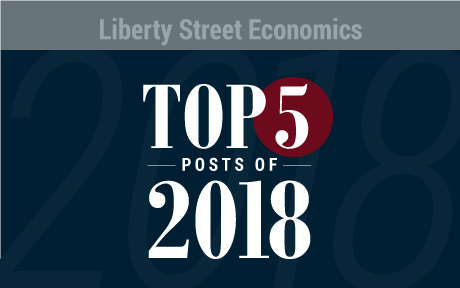
Lehman Brothers Holdings Inc. (LBHI) filed for Chapter 11 bankruptcy protection on September 15, 2008, initiating one of the largest and most complex bankruptcy proceedings in history. Recovery prospects for creditors, who submitted about $1.2 trillion of claims against the Lehman estate, were quite bleak. This week, we will publish a series of four posts that provide an assessment of the value lost to Lehman, its creditors, and other stakeholders now that the bankruptcy proceedings are winding down. Where appropriate, we also consider the liquidation of Lehman’s investment banking affiliate (which occurred on a separate track in the Securities Investor Protection Act (SIPA) proceedings).


















 RSS Feed
RSS Feed Follow Liberty Street Economics
Follow Liberty Street Economics